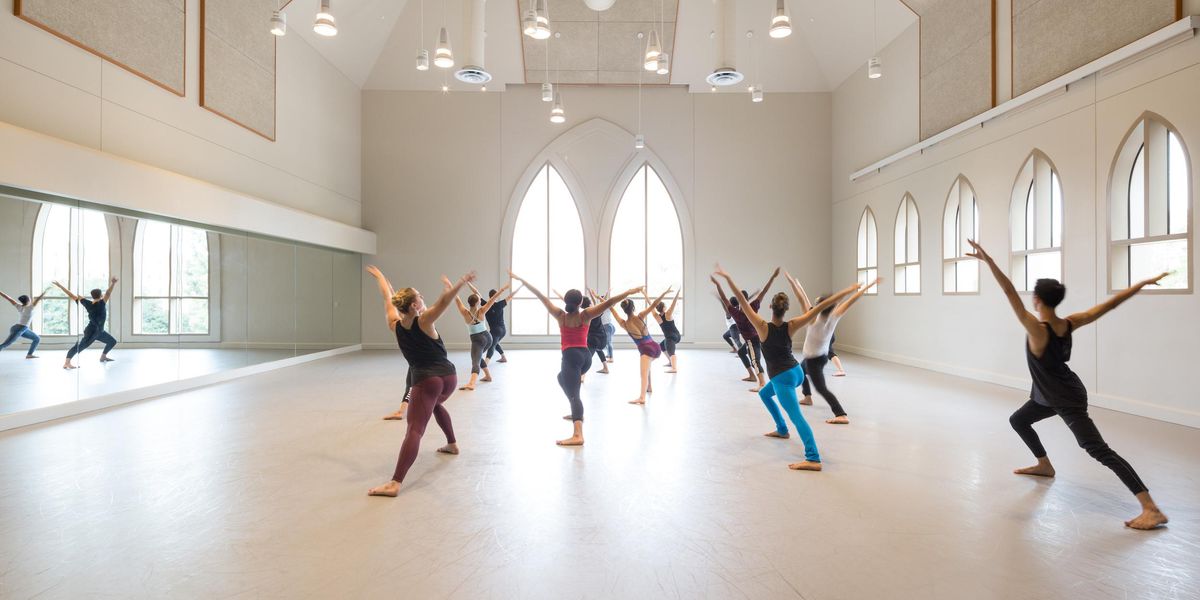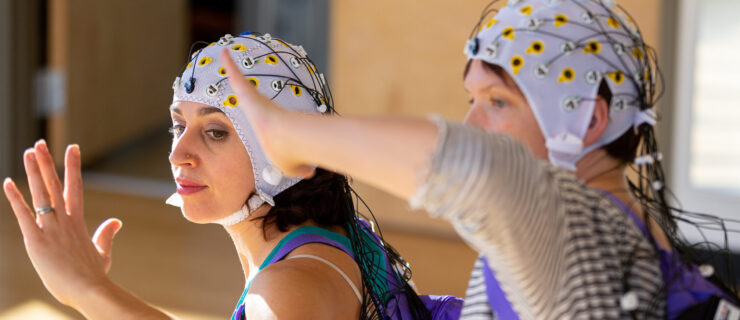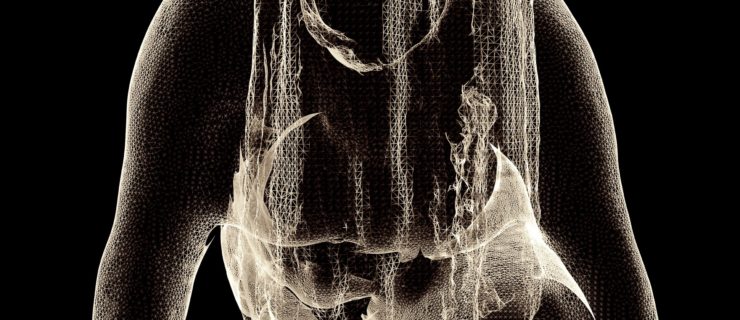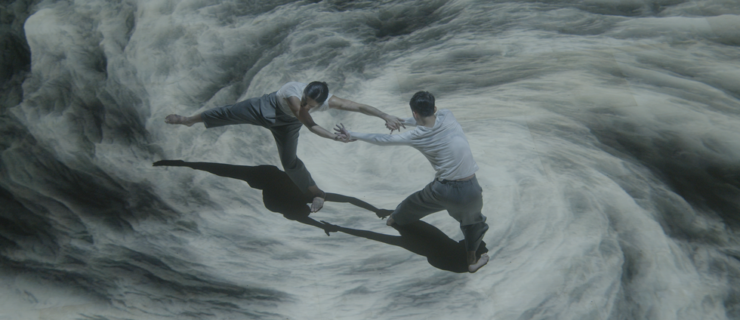What Are the Potential Military Applications of Teaching Robots to Dance?
There’s a good chance you’ve seen the YouTube video where a doglike robot named Spot dances to a cover of “Uptown Funk.” Spot does a variation on the running man (the running dog?), twerks and sashays. Equally adorable and uncanny, it’s a fascinating piece of choreography. All the more so since it was recently announced that Cirque du Soleil has entered an experimental phase to explore the possibility of incorporating Spots into live dance, theater and circus shows.
“UpTown Spot” was produced (and the Spot manufactured) by Boston Dynamics. The MIT spinoff has received millions of dollars from the Defense Advanced Research Projects Agency, an experimental arm of the U.S. Department of Defense, to create robots with potential military applications. Recently, Spot, the dancing quadrupedal puppy-bot, has been contracted by the Massachusetts State Police for use in domestic law enforcement. Meanwhile, robots from other companies are being developed for combat use by the Chinese and American militaries, among others.
Considering the military applications of dance and choreography may seem peculiar, but there is abundant history to examine here. Ballet itself shares roots with the French state and martial fencing tradition (historian Jennifer Homans referred to ballet as an “adjunct military art” because of how courtiers trained simultaneously in ballet, swordsmanship and equestrianism). Napoleon even took a group of ballet dancers with him, perhaps as a propaganda arm, on his military campaigns to Egypt. Nazi propagandist Leni Riefenstahl used her expertise as a choreographer and filmmaker to aggrandize the Hitler regime. Even today, U.S. Naval War College has Brenda Connors, former Erick Hawkins dancer and a Certified Movement Analyst, on its behavioral research faculty. Dance overlaps extensively with military history, and choreography is frequently wielded by military apparatchiks.
Meanwhile, futuristic robots like Spot are scalable in their training. To teach one Spot how to dance is to conceivably imbue every other Spot with choreographic encoding. This introduces a novel ethical dilemma: The things that make robot choreographies like “UpTown Spot” interesting as dance videos—specialized, hyper-articulated movement with individuated timing in particular sequence in response to coded and improvised cues—also potentially make robots more lethal in the future.
To choreograph on a military robot is to accept that such training can possibly be repurposed in ways that can neither be fully anticipated nor controlled. To artistically collaborate with military tech is to be implicated both in potentially positive and violent uses.
So is Spot dancing to “Uptown Funk” still cute? How should we watch these videos knowing about the possible military applications of developing robotic technologies? What does it mean for a robotics company to make dance videos and participate in live dance shows?
There’s a prevalent, already-being-realized fear of robots replacing people in their jobs. Such automating seems far-off for the dance world, though Cirque du Soleil’s creative collaborations with automata can seem a gesture in that direction. More likely perhaps is the increasing frequency of robots joining dancers onstage, as well as dancerly and choreographic research being used to undergird or art-wash state violence.
An emerging class of choreographers/roboticists such as Catie Cuan, Amy LaViers and Kate Ladenheim are already exploring the stakes of such a future. If presented with an opportunity to dance with or choreograph on such a robot, would you? Such a question might today seem like science fiction, but you may indeed have to make such a call, and sooner than you’d think.





